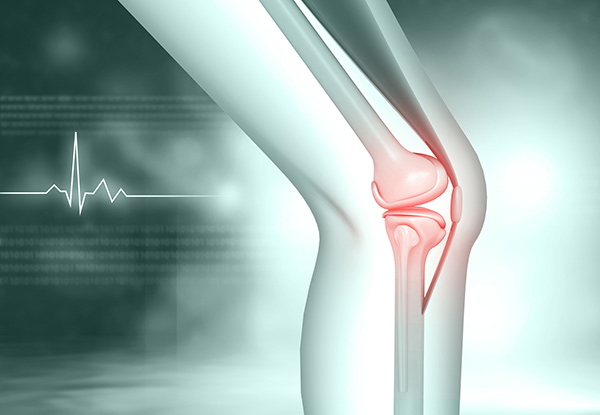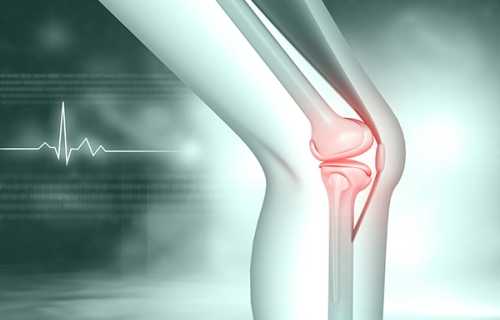
Since the first artificial knee replacement in 1968, advancements in orthopedic surgery have seen remarkable improvement with the integration of robotic technology. This innovative technology assists orthopedic surgeons in devising personalized surgical strategies well before patients step foot into the hospital or surgical facility. With the ability for surgeons to use Mako robotics as a tool, knee replacement surgery is a smoother and easier process than ever.
What is robotic knee replacement?
If you are considering knee replacement, you’re probably wondering what robotic knee surgery entails. Mako robotic knee replacement uses a CT scan of each patient to generate a 3D model of your unique knee anatomy. This scan allows your surgical team to create a customized plan to prepare for surgery, allowing the exact size and placement of the implant to accurately fit with proper alignment. While the surgeon performs the knee replacement, the robotic arm helps accomplish the surgical plan for more precise results. During the surgery, the surgeon guides the Mako robotic arm to extract the damaged bone and cartilage.¹
Robotic assisted knee replacement has benefits for both the surgeon and the patient. Benefits for the patient can include less pain and a quicker recovery.
Customization: The personalized 3D model of the knee helps your surgeon customize their approach tailored to each patient's unique anatomy.
Improved Precision: Because the Mako robot is so precise, the surgery is better executed. The robot allows for better planning of the surgery and more accurate alignment of the implant. This technique requires the surgeon to adhere to the predetermined plan to ensure optimal success.
Minimally Invasive: Robotic-assisted surgeries are typically performed using a smaller incision, leading to potentially quicker recovery times, less tissue damage, and reduced pain compared to traditional knee replacement surgery.²
Rapid Recovery: The road to recovery is often easier with robotic knee replacement. Many individuals can typically return to regular activities sooner.³ In fact, healthy qualified patients can opt for same-day robotic knee replacement and recover in the comfort of home.
Higher Satisfaction Rates: Most patients are happier with a quicker return to daily activities after robotic knee replacement. Mako knee replacement recipients report lower pain scores and higher satisfaction levels six months after surgery, compared to those who received traditional knee replacement.³
Today's knee replacement is nothing like the lengthy and painful process experienced by previous generations. Thanks to robotic technology, the procedure has become easier, with better outcomes for today’s patients. If you or a loved one needs total knee replacement surgery, don’t settle. Get the most precise and accurate joint replacement by opting for the Mako robotic knee replacement.
AUTHOR: Charles Claps, DO is a board-certified fellowship-trained orthopedic surgeon specializing in robotic assisted joint replacement surgery at Resurgens Orthopaedics in Atlanta. Dr. Claps is an industry leader in Mako Robotic Assisted Hip and Knee replacement across Georgia, and an active member of the American Association of Hip and Knee Surgeons, the American Association of Orthopaedic Surgeons, and the American Osteopathic Academy of Orthopedics.


